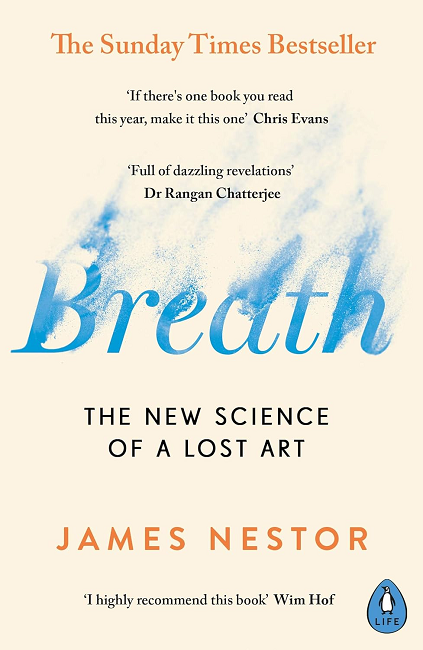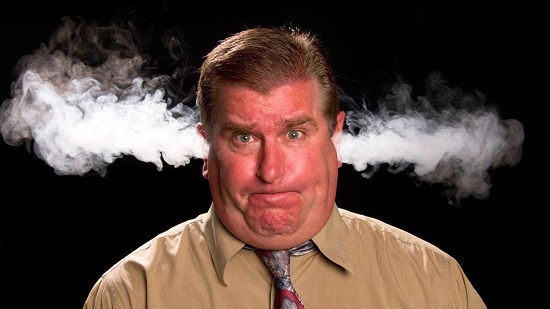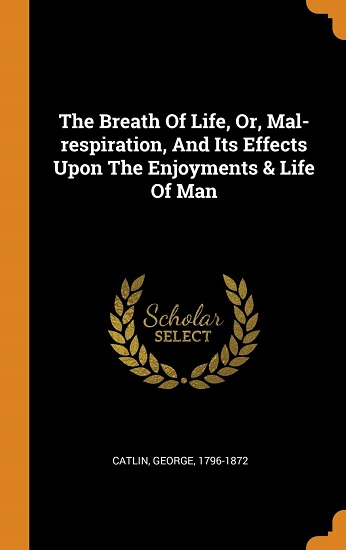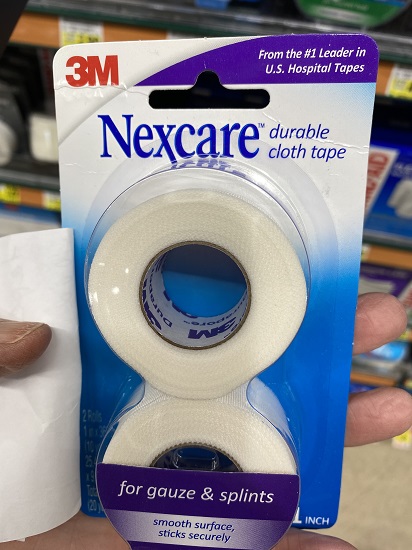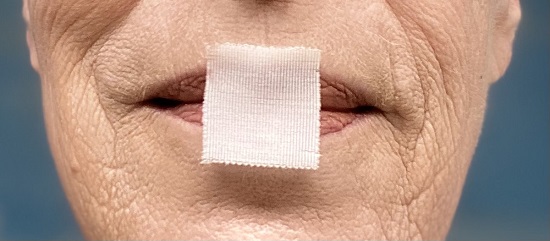Meh. Air in. Air out. What’s the big deal?
Any path in or out doesn’t matter. My nose is congested most of the time anyway, so mouth breathing will do the job, right?
Wrong.
My mind is being blown away by ANCIENT information containing the sure knowledge that breathing exclusively through the nose leads to a long healthy life; and mouth breathing leads to disease, facial deformity, and premature death.
As promised, after sharing some breathing pattern exercises that assist in de-stressing our inner selves, HERE, I am now sharing a little of what I am learning about how to breathe.
Got that??
Yes. James Nestor’s book, Breath – The New Science of a Lost Art, is changing my perspective – not only about how to breathe – but altering my thinking about health, itself, and where it comes from.
And, I am only halfway into chapter 4.
- Snoring?
- Sleep apnea?
- High blood pressure?
- ADHD?
- Bedwetting?
- Erectile Dysfunction?
- Psoriasis?
- Depression?
- Headaches?
- Crooked teeth?
Oh, the list just goes on and on. Chances are excellent that sufferers of the conditions on the list above are … wait for it … mouth breathers.
You’ve never heard of such? I hadn’t either. I was vaguely aware that mouth breathing lead to an enlarged heart, but all the rest was news to me.
Yet, this is not new information. There is a vast, tough currently not widely shared, body of knowledge on this topic. So far, I have learned about:
- Texts as old as 1500 BC explaining that the nose is designed to bring air into the body, not the mouth
- 8th Century Chinese texts citing that breathing is meant to happen through the nose; otherwise, mouth breathing would bring disease.
- George Catlin, in 1830, who trekked through North America visiting 50 Native American tribes, where he found people to be quite tall – often up to 7 feet – were robust in health, had perfect teeth, and showed no deformities or diseases. Throughout his travels, he discovered a common denominator.
Each tribe embraced what they viewed as an ancient truth regarding health: Breathe exclusively through the nose. Breathing through the mouth brought stress and disease. This single idea was initiated in practice from birth. Mothers would watch over their babies, closing their mouths should they fall open. Even the way babies were carried made mouth opening difficult. So committed to this principle, Native Americans would even smile with closed lips.
- Catlin continued his exploration of Native Peoples in the Andes, Argentina, and Brazil to see if this technique was universally held. It was.
In 1862, Catlin published his findings, Breath of Life. My copy arrives next week, but James Nestor quotes his last paragraph saying:
“And if I were to endeavor to bequeath to posterity the most important Motto which human language can convey, it should be in three words – SHUT YOUR MOUTH. Where I would paint and engrave it, in every Nursery, and on every Bed-post in the Universe, its meaning could not be mistaken. And if obeyed, its importance would soon be realized.”
See, Catlin became a true believer after closing the chapter of decades-long respiratory disease to opening four decades of robust health, living to about double the life expectancy of that time – all through the diligent practice of breathing exclusively through his nose.
One point of physiology that Nestor is teaching in these early chapters is that mouth breathing begets the need to mouth breathe, while nose breathing increases the ability to nose breathe.
Mouth breathing leads very quickly to snoring. Snoring leads to sleep apnea, whereby the ever-softening tissues at the back of the throat sag down and block the airway, eventually waking the snorer with a snort, which is an intentional gasp to reboot breathing – but just briefly.
So, do you breathe through your nose at night, or through your mouth?
I wasn’t sure. Seemed there was a lot of thick phlegm at the back of my throat that needed to be hacked out every morning. I went to bed with my mouth shut. I woke up with my mouth shut. But I was never ready to get up and out of bed come morning. Hmmm.
Following Nestor’s advice, I purchased some 3M Nexcare Durapore Durable Cloth tape, which in the medical realm is silk tape that is used for bandages.
A one-inch piece of this odorless tape will do. Gently placed over the center of my lips, I am guaranteed to not mouth breathe. Tape removal the next morning is easy, painless, and with no tape residue.
Results? Magically, there is no phlegm to hack out. Also, was that really me – ready to get out of bed? Maybe I wasn’t a lazy person.
Okay, once could have been a fluke. So, I’m continuing my quest to be the best nose breather ever, and the results are the same every day. I feel rested and ready to start each new day.
Who knows what wonders of robust health await? How about you? Ready to SHUT YOUR MOUTH?
Breathing through my nose-
Deidre
ADDENDUM:
Let’s breathe – not gag or suffocate – please! As a reminder to all foodtalk4you readers, I want to remind you not to go to extremes if you want to try your own little tape-over-the-lips experiment.
Clearly, a generous use of Duct Tape, masking tape, painter’s tape, or Gorilla glue should be avoided AT ALL COSTS.
The one-inch portion of silk tape you see me using has now been pared down to one-half inch. You want to be able to cough, sneeze, or even throw up without blocking a natural exit.
This has been safe for me and others while employing common sense.
Please sign up for the FoodTalk4You newsletter. Just fill out the quick form on the left of this page!




